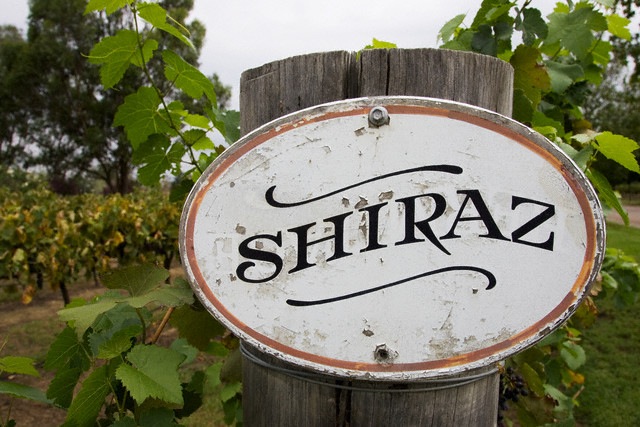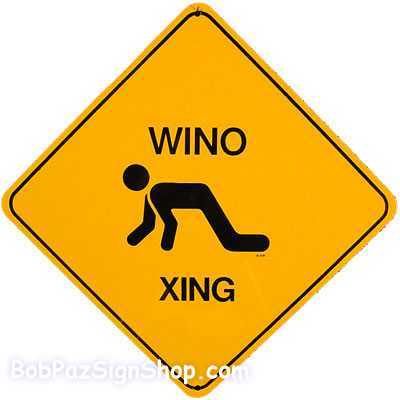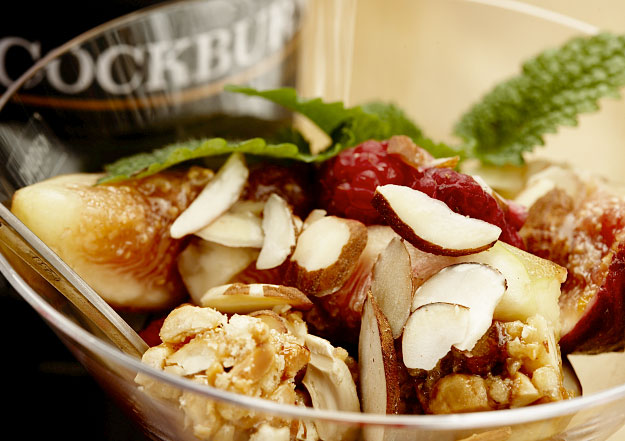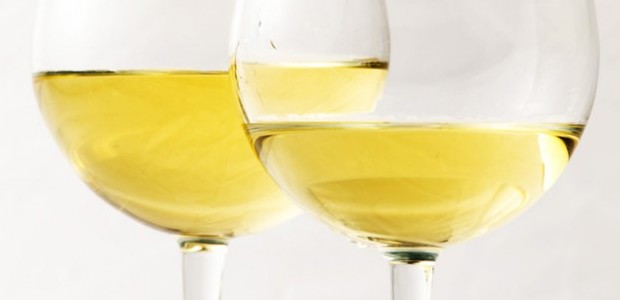No Toils or Troubles, Just Tiny Bubbles
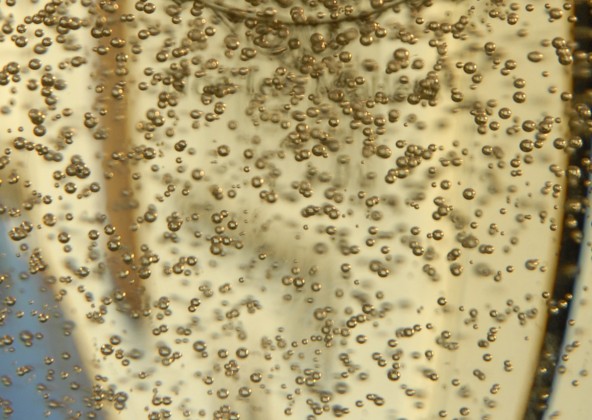
Our subject goes by many names. The Germans call it Sekt. The Spanish use the term Cava. Italians have a few different names for it but generally call it Spumante. Some places say Sparkling Wine, but most of you know it by the name of its French home – Champagne.
Champagne is a beverage that’s synonymous with celebration. The wines of Champagne were long heralded by the rulers of Europe, mostly because French Kings were traditionally crowned in the city of Rheims located right in the heart of the Champagne region. Since royalty liked to party, the local tipple became the drink of choice, even though most still table wines from Champagne were often weak and acidic (it’s a fairly cold place for growing grapes and they don’t ripen as well as warmer regions). The birth of modern day Champagne, though, dates back to the late 1600s.
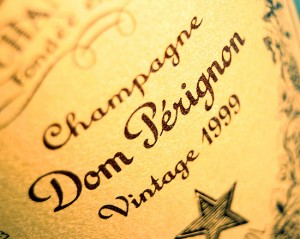 There’s some debate about who intentionally first produced champagne, but traditional credit is given to the monk Dom Pierre Pérignon. Since the Champagne region is rather cold, incomplete fermentations often resulted when winter temperatures dropped and halted the yeast activity. The wines would begin to re-ferment, however, once temperatures warmed up. As bottles replaced barrels in the wine cellars, and the CO2 had nowhere to go, the result was spritzy wines that would often burst the bottles due to excess gas pressure. Dom Pérignon was charged with eliminating the bubble problem, but in experiment after experiment ended up refining the basic process that resulted in the effervescent drink we enjoy today.
There’s some debate about who intentionally first produced champagne, but traditional credit is given to the monk Dom Pierre Pérignon. Since the Champagne region is rather cold, incomplete fermentations often resulted when winter temperatures dropped and halted the yeast activity. The wines would begin to re-ferment, however, once temperatures warmed up. As bottles replaced barrels in the wine cellars, and the CO2 had nowhere to go, the result was spritzy wines that would often burst the bottles due to excess gas pressure. Dom Pérignon was charged with eliminating the bubble problem, but in experiment after experiment ended up refining the basic process that resulted in the effervescent drink we enjoy today.
Further credit for Champagne innovation also has to be given to Madame Clicquot, whose developments allowed the brilliant, clear beverage of modern day fame. Champagne is made from both Chardonnay and Pinot Noir grapes, with the minor grape Pinot Meunier contributing to the blend. The grapes are gently pressed to avoid extracting bitter flavors. The wines are blended following fermentation and then bottled with a small addition of unfermented juice and yeast to allow a second fermentation in the bottle. The wines age in the bottle along with the yeast sediment for a given period of time. The yeast begins to break down and gives the wines their distinctive toasty/creamy character.
Once the winemaker has determined the ageing period has ended, then the yeast is allowed to settle to the neck of the bottle and is removed in the disgorging process. Right after disgorging, and just before corking, a small amount of wine of varying sweetness called the dosage is added to the bottle. The time the wine is aged and the final dosage added are what determines the primary flavors of champagne. Most champagnes are non-vintage, and the final product is the result of blending wines across several different years. When an exceptional year occurs though, the wine from that season is produced as vintage champagne. Several sweetness grades of champagne exist, and are often confusing to the consumer that doesn’t know their definitions. The most common is called Brut, which is the driest champagne. The next grade is called Extra Dry which is slightly off-dry. After that is the grade Sec, which is fairly sweet. And finally is Demi-Sec, which is the sweetest of champagnes.
If you see the name Blanc de Blanc, that translates to white of white, and means the wine is 100% Chardonnay grapes. Blanc de Noir on the other hand is white of black and means only Pinot Noir is used. Both of those styles are typically Brut in sweetness. Rosé style Champagnes are also regularly produced by allowing some contact of the juice with the Pinot Noir skins, which extracts a small amount of color.
If you’re a Champagne aficionado, you’ll even be familiar with the rare red sparkling wine made from bottle fermenting red rather than white wines. Thanksgiving, Christmas, New Years and Valentine’s Day are often occasions that call for enjoying a good drop of the fizzy stuff. But, who needs a holiday? Go enjoy some champagne because it’s Tuesday–and that’s reason enough for celebration.
